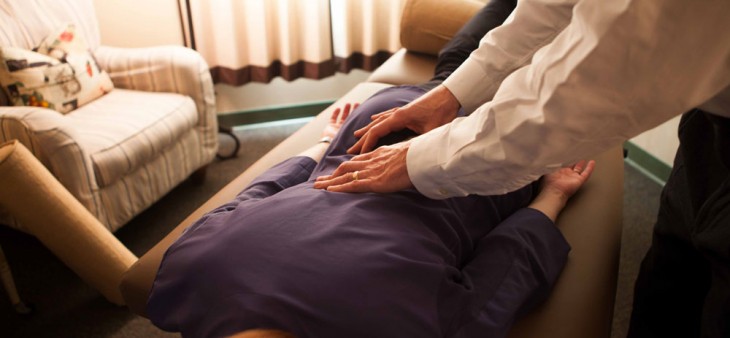
Chiropractic care is often associated with the distinctive and sometimes startling popping sounds of joint cracking during adjustments. Understanding the science behind joint cracking can demystify this phenomenon and shed light on its significance within chiropractic treatments. The audible release of these sounds should not cause concern.
The popping sounds, scientifically referred to as “cavitation,” occur when there is a sudden release of gas bubbles within the synovial fluid that lubricates our joints. Many chiropractic adjustments involve the application of controlled force to specific joints, which can lead to a separation of joint surfaces. As the pressure within the joint changes during this separation, the dissolved gases, primarily carbon dioxide, come out of solution and form small bubbles. When these bubbles collapse, they produce the distinctive popping sound.
Not All Adjustments Include Joint Cracking
Although joint cracking is a normal part of many chiropractic adjustments, it is less likely to happen in an appointment with Dr. Laird. This is because Dr. Laird uses a different technique that involves applying pressure to trigger points in the muscles. This method loosens the muscles around a joint, relieving the pain in a gentle manner.
Contrary to common misconceptions, the act of joint cracking itself does not directly realign bones. Instead, the sound is a byproduct of the adjustment process, indicating that joint movement and pressure changes have occurred. Chiropractors focus on improving joint mobility and alignment, which can help relieve pain, reduce muscle tension, and potentially enhance nervous system function. With Dr. Laird’s adjustments, the realignment most often comes without a popping sound.
The popping sound, though attention-grabbing, is not the sole indicator of a successful chiropractic adjustment. Patients may experience relief from discomfort, increased range of motion, and improved overall well-being, even in the absence of audible cracking. Some adjustments may not produce any popping sounds at all, yet they can still be effective in addressing underlying issues.
It’s worth noting that joint cracking is not unique to chiropractic care; similar sounds can occur during activities like stretching or even when spontaneously moving joints. Chiropractors are trained to deliver precise adjustments that target specific areas, aiding in the restoration of joint function and relieving pressure on nerves.
